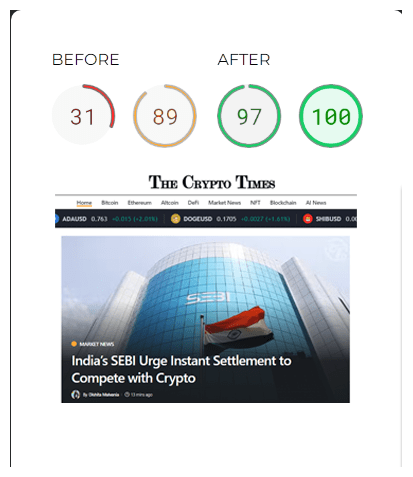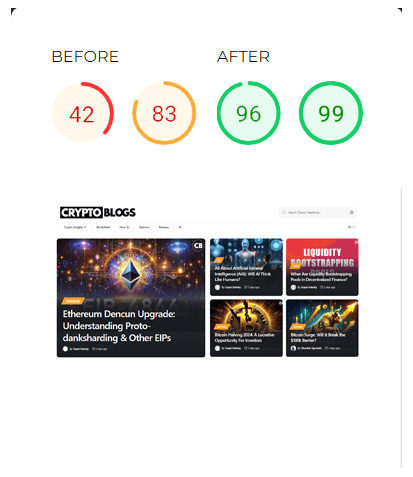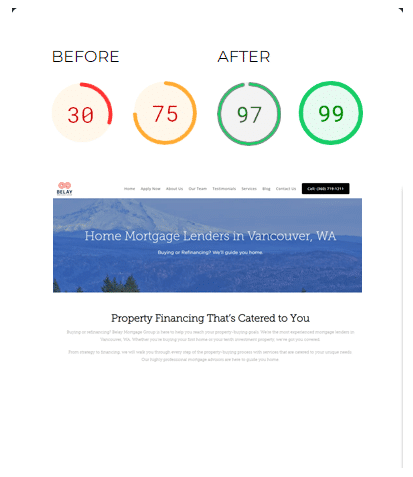WordPress Speed Optimization Service
Tired of a sluggish website? Our advanced WordPress speed optimization service delivers guaranteed sub-3 second load times.

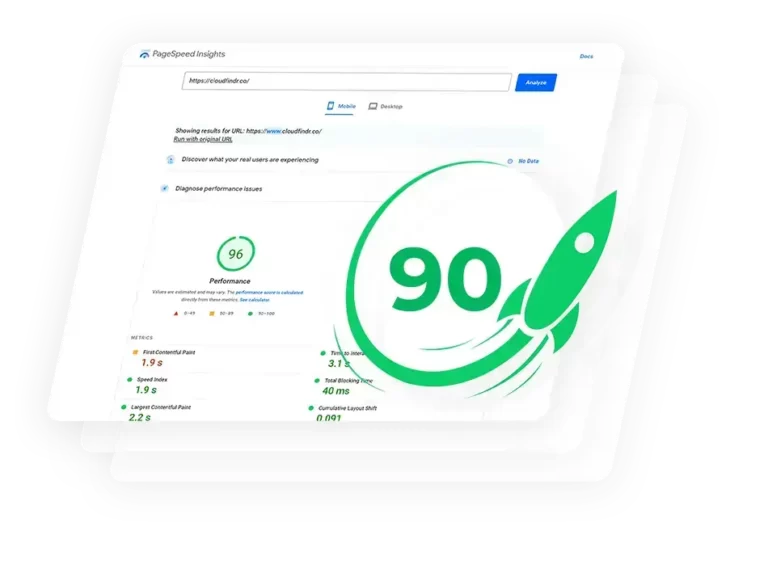






Is your WordPress site running slow? We can help!
- Expert Team: We excel in speeding up websites.
- Data-Driven: We analyze data to find key improvements.
- Core Web Vitals: We help your site meet Google’s performance standards.
- WordPress Pros: We specialize in optimizing WordPress sites.
Guaranteed Results
Get your WordPress website to load in 3 seconds or less.
Boost Your Business with WordPress Speed Optimization
Use A Content Delivery Network (CDN)
Move Your Website To A Better Host
Optimize The Size Of Images On Your Website
Detect 404 Errors
Reduce The Number Of Plugins
Minimize The Number Of JavaScript And CSS Files
Use Website Caching
Reduce Redirects
Reduce The Number Of Plugins
Minimize The Number Of JavaScript And CSS Files
Reduce The Use Of Web Fonts
Use Prefetching Techniques
Proven Results, Real Client Stories


Happy Customer Testimonials
Key Performance Metrics for WordPress Speed Optimization
First Contentful Paint
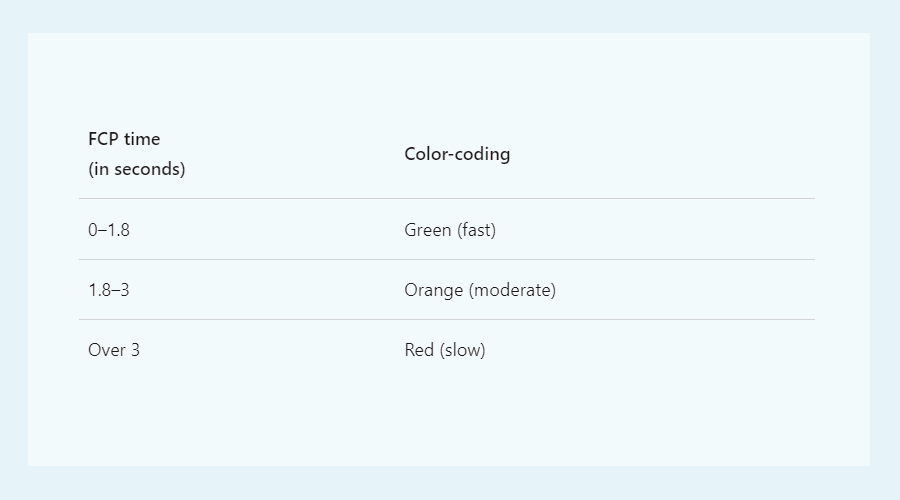
First Meaningful Paint

Speed Index
First CPU Idle
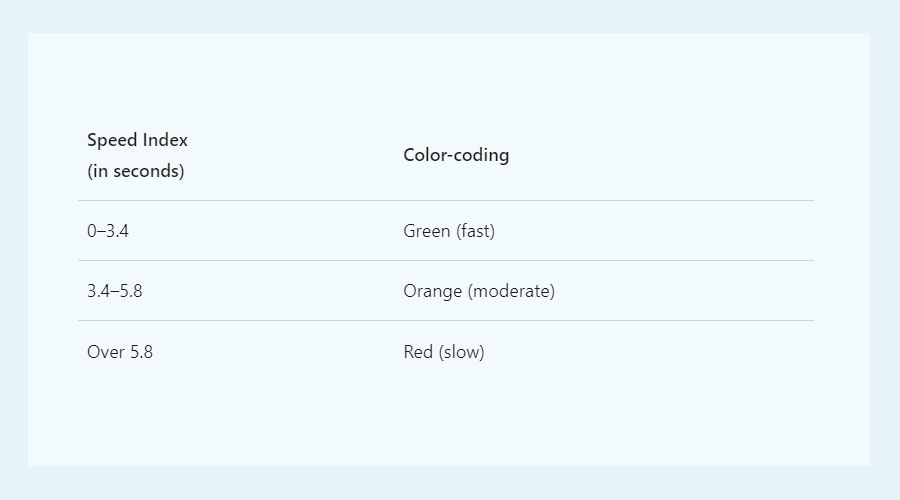
Time to Interactive
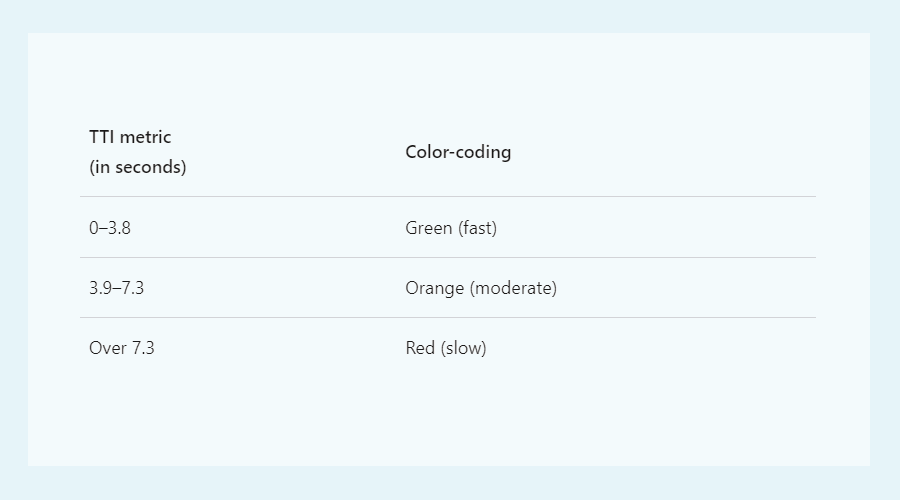
Max Potential First Input Delay
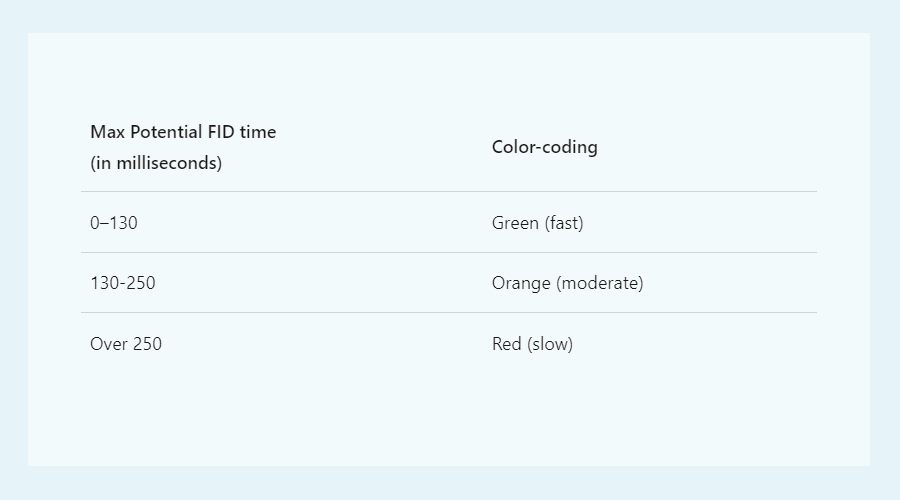
Total Blocking Time

Largest Contentful Paint
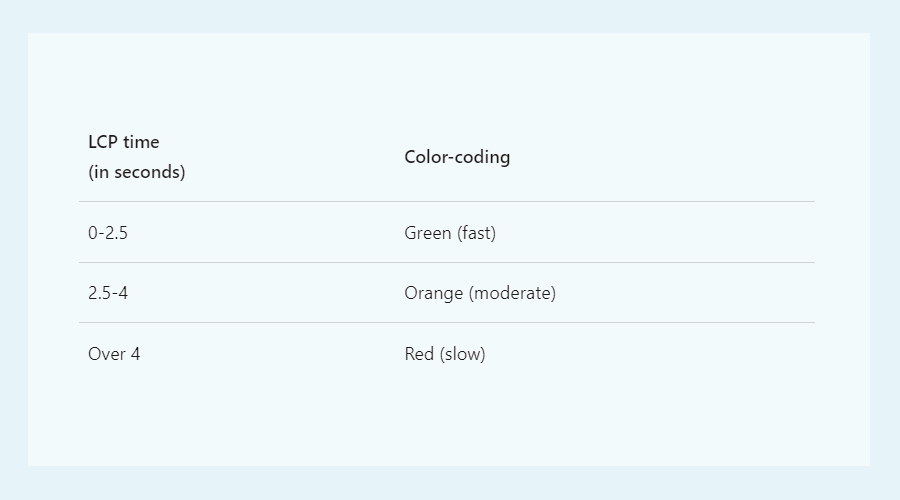
Our WordPress Speed Optimization Process
Website Speed Test
Run Tests on Your Site
Check for what's required
Look at What Matters
List of work required
Statement of Work
Quotation
Plan Selection
Optimization Process
Start Optimization
Optimization Report
Optimization Report
Why Choose Yashvi Global?
We have extensive experience in website speed optimization
We’ve been boosting website speed for years and have the skills to do it effectively.
We're constantly updating our methods
We keep up with the latest speed optimization techniques to provide our clients with top-notch service.
We offer a money-back guarantee
If you're not satisfied with our work, we'll refund your money—no questions asked. We guarantee your satisfaction.
Guaranteed Results
We are experts in speeding up WordPress websites. With a strong history of success, we can boost your site's performance too. Fast websites are crucial for many reasons, and we are here to help. Trust us to enhance your WordPress site’s speed, and you’ll see results.
Focus on User-Centric Performance Metrics
Our Core Web Vitals optimization service helps website owners improve user experience. We measure important web metrics to find areas for improvement, ensuring your site offers the best experience for visitors.
Data Security
Your data security is our priority. We follow strict protocols to keep your content safe during optimization. Trust YASHVI GLOBAL to protect your website.
Hybrid approach
We use manual optimization to check your site for issues and fix them, ensuring it runs smoothly. Additionally, we employ automated tools to quickly spot and resolve problems, making the process more efficient.
Advance Recommendations
To keep your WordPress site fast, check that your speed score is "Passed" on Google PageSpeed Insights. Then, follow these tips: optimize third-party scripts, create a simple 404 page, increase PHP workers, enable hotlink protection, and disable WP-Cron.
FAQs
By using these tools, we can see how our website performs and find ways to improve.
Google Pagespeed Insights: This free tool analyzes website performance and gives easy-to-follow recommendations.
- GTmetrix: Another free tool that checks your site’s speed and efficiency, perfect for website owners.
- WebPageTest: This free tool tests load times and provides suggestions for better performance.
- Google Lighthouse: A user-friendly tool that audits performance, accessibility, and SEO, offering helpful insights.
- Chrome DevTools: A set of tools for inspecting and debugging code, testing performance, and editing web pages.
- Search Console (Core Web Vitals Report): This report helps you monitor user experience and find areas for improvement.
- Pingdom: A popular tool for tracking website uptime and performance, ideal for businesses and individuals.
- YSlow: This tool gives detailed optimization advice to speed up your site and enhance user experience.
Website speed is crucial for several reasons. First, faster sites offer a better user experience, keeping visitors from leaving due to slow loading times. Additionally, search engines like Google rank faster websites higher, making them more visible to potential customers. Lastly, quick-loading sites can reduce hosting and bandwidth costs by minimizing server strain.
Key factors affecting website speed include: the size and number of files, server configuration, proper content caching, code complexity, and reliance on third-party services.
To improve website performance, follow these steps:
1. Eliminate render-blocking resources.
2. Properly size and efficiently encode images.
3. Defer offscreen images and use modern formats.
4. Minify CSS and JavaScript, and remove unused CSS.
5. Enable text compression and reduce server response times.
6. Avoid multiple-page redirects and preload key requests.
7. Use video for animations and lazy load third-party resources.
8. Reduce the impact of third-party code and avoid non-composited animations.
Slow site load times can stem from several issues. Common causes include excessive code, which can slow down sites with complex HTML, CSS, or JavaScript. Heavy images also contribute; large files need optimization to load quickly. Poor hosting on a shared server can further impact speed, so consider upgrading to a dedicated server. Lastly, too many plugins, especially on platforms like WordPress, can hinder performance deactivate any unnecessary ones.
Optimizing your WordPress website is essential for several reasons. Slow loading times or frequent crashes can frustrate visitors and hurt your site’s performance. Improving your site’s speed enhances user experience, reduces bounce rates, and boosts conversions. There are many ways to optimize WordPress, and many don’t need professional help. However, hiring a skilled WordPress speed optimization service can be a smart choice if you’re unsure about fixing performance issues yourself.
WordPress speed is crucial for user experience and SEO. A slow site frustrates visitors, leading to lost traffic and a damaged reputation. Search engines like Google also consider loading speed when ranking sites, so a slow website can mean fewer customers. To prevent these problems, optimizing your WordPress site for speed is essential.
To speed up your WordPress site, choose a reliable service provider. Not all companies offering speed optimization are trustworthy. A good company will have satisfied customers and show before-and-after examples of their work. They should also provide a money-back guarantee for peace of mind. Additionally, they must use top tools and stay updated on the latest WordPress speed optimization trends.
To determine if a company can improve your site’s speed, check their reputation. If many satisfied customers report positive results, they’re likely trustworthy. Also, be wary of companies making unrealistic promises. A reliable company will clearly explain what their services can and can’t achieve.
Most users want websites to load in under 2 seconds, and a custom-designed site can make that happen. Custom design provides clean, optimized code, which is essential for faster loading speeds.
Now is the time to start
getting more online
more time looking at our portfolio and case studies. you won’t need to
think further 🙂

© Copyright 2007 – 2024, Yashvi Global. All Rights Reserved.


